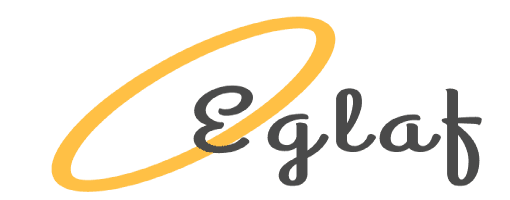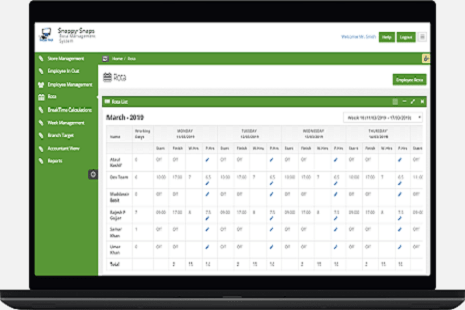Python
What Is Python ?
Python is an easy to learn, powerful programming language. It has efficient high-level data structures and a simple but effective approach to object-oriented programming. Python’s elegant syntax and dynamic typing, together with its interpreted nature, make it an ideal language for scripting and rapid application development in many areas on most platforms.
Why Python is a Programming Language?
The Python interpreter and the extensive standard library are freely available in source or binary form for all major platforms from the Python Web site, https://www.python.org/, and may be freely distributed. The same site also contains distributions of and pointers to many free third party Python modules, programs and tools, and additional documentation.
The rest of the introduces various features of the Python language and system through examples, beginning with simple expressions, statements and data types, through functions and modules, and finally touching upon advanced concepts like exceptions and user-defined classes.
The Python interpreter is easily extended with new functions and data types implemented in C or C++ (or other languages callable from C). Python is also suitable as an extension language for customizable applications.This tutorial introduces the reader informally to the basic concepts and features of the Python language and system. It helps to have a Python interpreter handy for hands-on experience, but all examples are self-contained, so the tutorial can be read off-line as well.
Python is extensible: if you know how to program in C it is easy to add a new built-in function or module to the interpreter, either to perform critical operations at maximum speed, or to link Python programs to libraries that may only be available in binary form (such as a vendor-specific graphics library). Once you are really hooked, you can link the Python interpreter into an application written in C and use it as an extension or command language for that application.
By the way, the language is named after the BBC show “Monty Python’s Flying Circus” and has nothing to do with reptiles. Making references to Monty Python skits in documentation is not only allowed, it is encouraged! Now that you are all excited about Python, you’ll want to examine it in some more detail. Since the best way to learn a language is to use it, the tutorial invites you to play with the Python interpreter as you read. In the next chapter, the mechanics of using the interpreter are explained. This is rather mundane information, but essential for trying out the examples shown later.
Features of Python Programming Language :
- Easy to code
- Expressive
- High Performance
- Free and Open-Source
- High- Level
- Extensible
- Embeddable
- Large Standard Library
- Dynamically Typed
Besides the above features, programmers can benefit from a strong and vibrant Java ecosystem: :
- Object-Oriented
- There are a lot of open source libraries which you can choose for building your applications.
- There are many superior tools and IDEs that makes your Java development easier.
- There are many frameworks that help you build highly reliable applications quickly.
- The community around Java technology is very big and mature, so that you can get support easily.
Our Projects in JAVA DEVELOPMENT
We Have Satisfied Local And Global Various Clients, Here Is Successful Work Of SEO, Web Design, Web Development, Software Development Services.
Project Title
Lorem ipsum dolor sit amet, consectetur adipisicing elit. Adipisci accusamus accusantium.
Read MoreProject Title
Lorem ipsum dolor sit amet, consectetur adipisicing elit. Adipisci accusamus accusantium.
Read MoreProject Title
Lorem ipsum dolor sit amet, consectetur adipisicing elit. Adipisci accusamus accusantium.
Read MoreProject Title
Lorem ipsum dolor sit amet, consectetur adipisicing elit. Adipisci accusamus accusantium.
Read MoreProject Title
Lorem ipsum dolor sit amet, consectetur adipisicing elit. Adipisci accusamus accusantium.
Read MoreProject Title
Lorem ipsum dolor sit amet, consectetur adipisicing elit. Adipisci accusamus accusantium.
Read MoreProject Title
Lorem ipsum dolor sit amet, consectetur adipisicing elit. Adipisci accusamus accusantium.
Read MoreProject Title
Lorem ipsum dolor sit amet, consectetur adipisicing elit. Adipisci accusamus accusantium.
Read More







